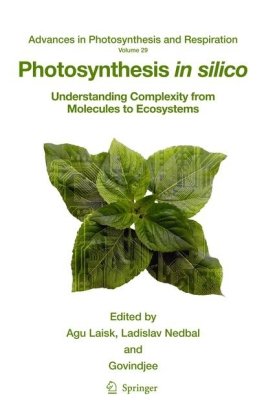

Most ebook files are in PDF format, so you can easily read them using various software such as Foxit Reader or directly on the Google Chrome browser.
Some ebook files are released by publishers in other formats such as .awz, .mobi, .epub, .fb2, etc. You may need to install specific software to read these formats on mobile/PC, such as Calibre.
Please read the tutorial at this link: https://ebookbell.com/faq
We offer FREE conversion to the popular formats you request; however, this may take some time. Therefore, right after payment, please email us, and we will try to provide the service as quickly as possible.
For some exceptional file formats or broken links (if any), please refrain from opening any disputes. Instead, email us first, and we will try to assist within a maximum of 6 hours.
EbookBell Team

4.3
28 reviewsPhotosynthesis in silico: Understanding Complexity from Molecules to Ecosystems is a unique book that aims to show an integrated approach to the understanding of photosynthesis processes. In this volume - using mathematical modeling - processes are described from the biophysics of the interaction of light with pigment systems to the mutual interaction of individual plants and other organisms in canopies and large ecosystems, up to the global ecosystem issues. Chapters are written by 44 international authorities from 15 countries. Mathematics is a powerful tool for quantitative analysis. Properly programmed, contemporary computers are able to mimic complicated processes in living cells, leaves, canopies and ecosystems. These simulations - mathematical models - help us predict the photosynthetic responses of modeled systems under various combinations of environmental conditions, potentially occurring in nature, e.g., the responses of plant canopies to globally increasing temperature and atmospheric CO2 concentration. Tremendous analytical power is needed to understand nature's infinite complexity at every level. This book is not a list of equations and computer programs, but the emphasis is on analytical ideas facilitating the understanding of complex interactions governing the photosynthetic process on every level and between different levels of hierarchy. The book provides the necessary background on photosynthesis and demonstrates the benefits of the computer-aided quantitative analysis of its reactions; it is designed for graduate students and researchers in plant physiology, functional plant biology, plant biochemistry, systems biology, biophysics, bio-energy and bio-fuel.